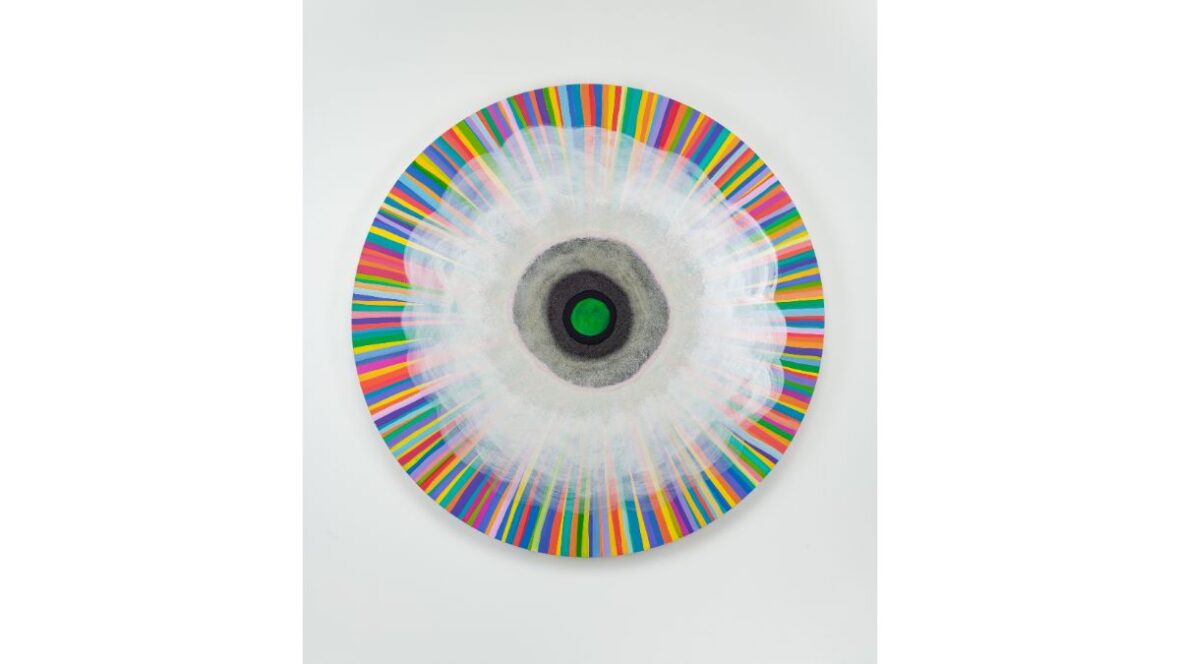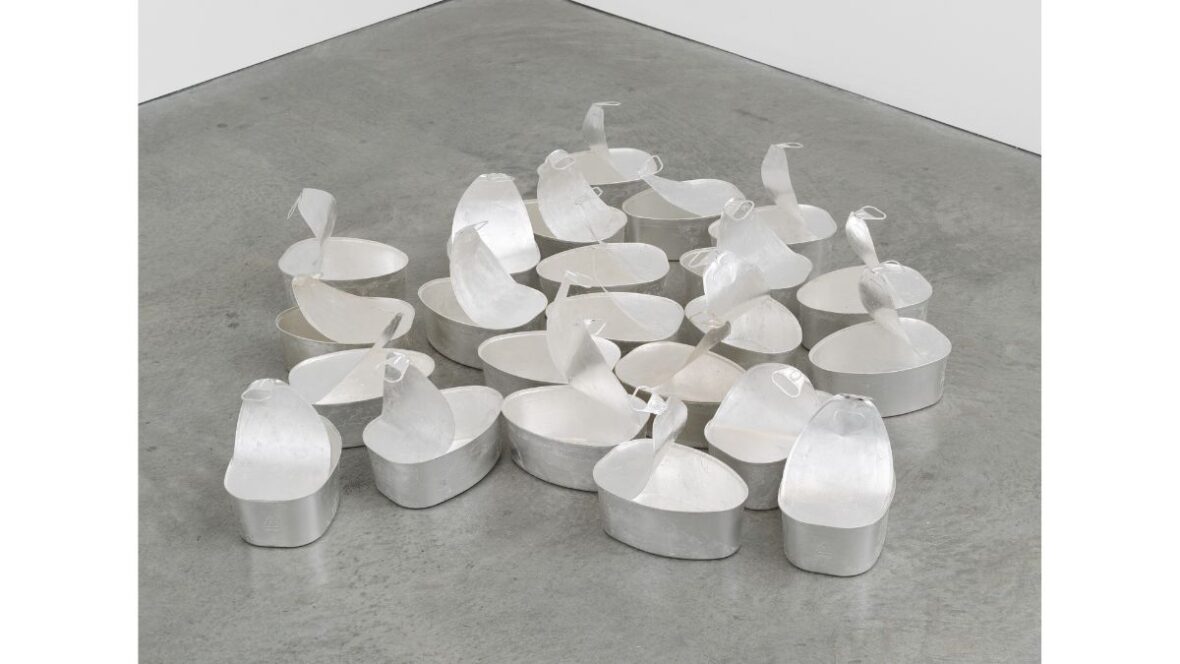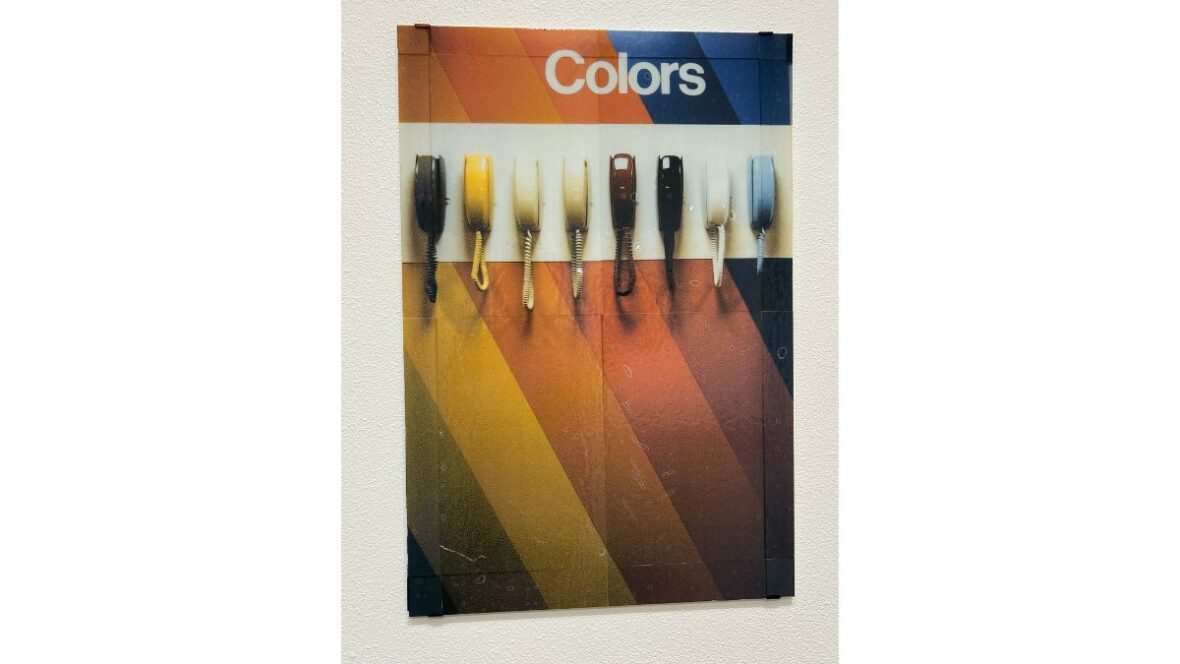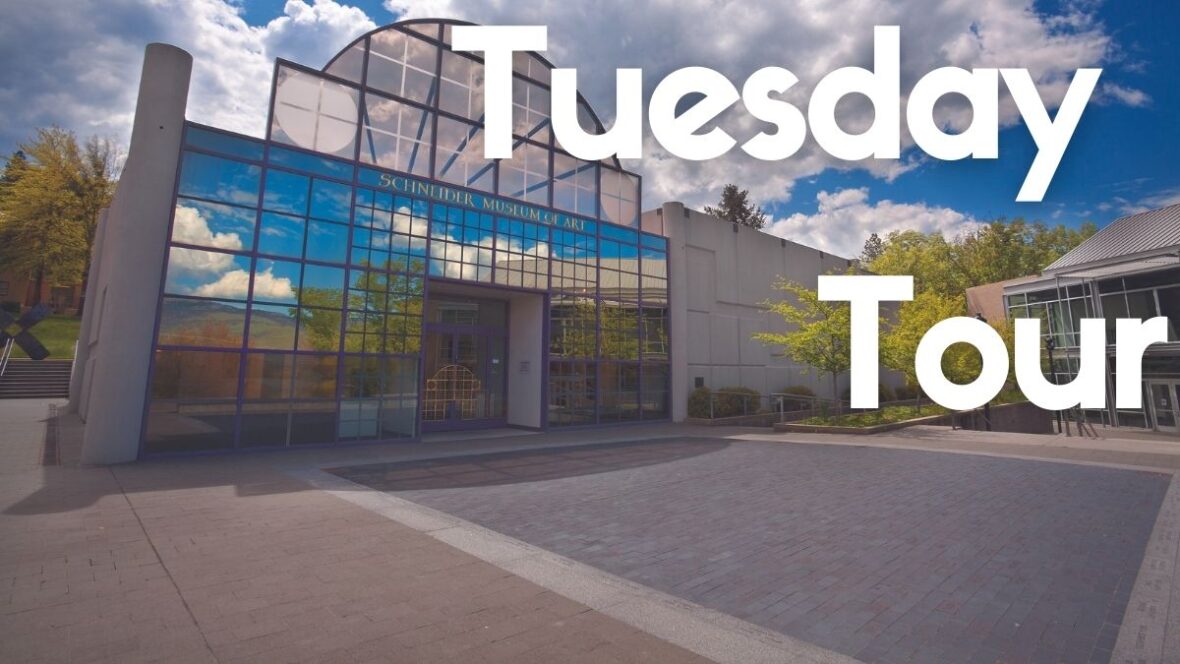From Ignorance to Wisdom
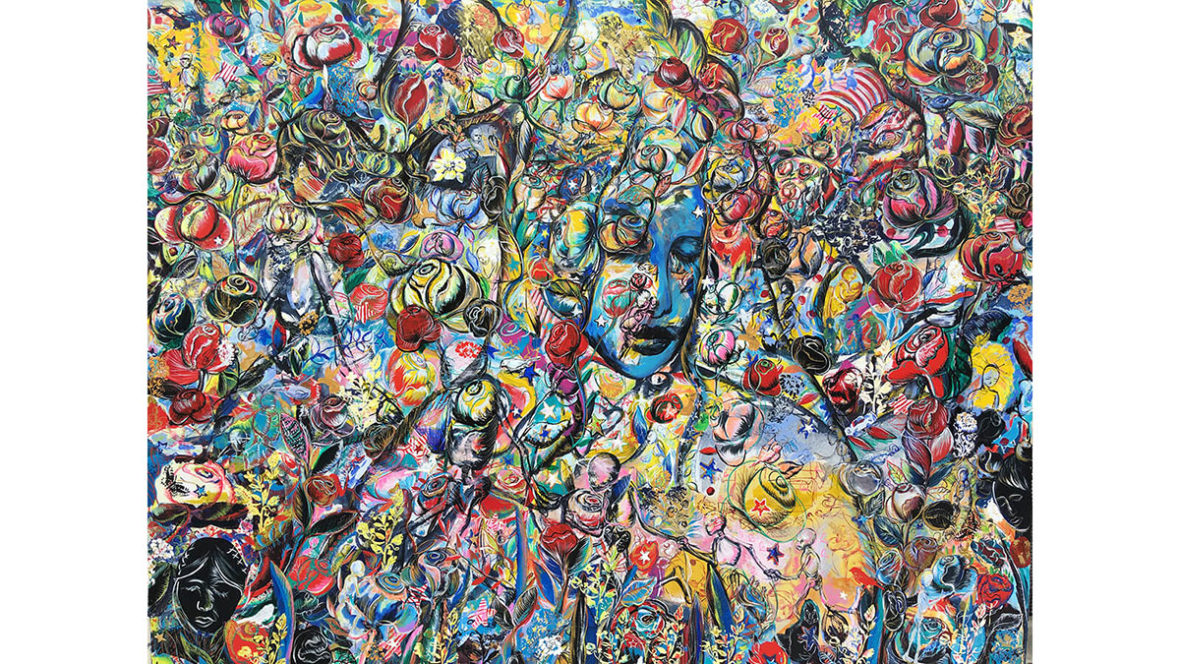
Exhibition Overview
An exhibition in collaboration with Southern Oregon University’s Center for the Humanities Campus Theme: From Ignorance to Wisdom. Curated by Blake Shell.
About our Curator:
Blake Shell is a curator, arts worker, and artist living in Portland, Oregon. She has worked as a curator and administrator of academic galleries and art organizations since 2002. Exhibitions curated by Shell have received reviews regionally as well as in Artforum.com’s Critic’s Picks and Daily Serving. Currently she works at Disjecta Contemporary Art Center as the Executive Director, providing leadership and direction of the organization. Shell also serves as the President of the Northwest Arts Council for the Portland Art Museum.
Essay by Blake Shell
From Ignorance to Wisdom
I headed west to grow up with the country.
—Gram Parsons, “Return of the Grievous Angel”
The process of moving from ignorance to wisdom is always complex. The West, as both a concept and a destination, is emblematic of a personal journey toward freedom, one that mirrors America’s expansion as a young nation—the pursuit of a fresh new frontier. However, the story of this mythic enterprise has been simplified, ignoring the erasure of indigenous peoples from history and destructive acts that have harmed both humanity and nature. In 2019 in America, we’ve grown up a bit. We are alternately wary, self-reflective, detached, and overwhelmed by the complexities of modern life. Our storiesinclude more people’s voices and acknowledge different ways of living. We worry about the results of our actions because we now know that we reap what we sow. We are further along in our journey.
Threads of meditation and contemplative artistic practice, deep personal relationships with the landscape, layered references to culture and personal identity, and collaborative approaches are found throughout this exhibition. These threads reflect our era and bind together the artists living today. They are making work during trying and unclear times—searching, researching, teaching, and exploring.
An in-between place
Cody Bustamante’s work begins with his view of the world and his identity within it. As a first-generation Mexican American in Southern California, he comes from what he calls “an in-between place.” Inhabiting that liminal position has influenced his work holistically: in his art-making process, the symbols and subjects he gravitates toward, and the continual questioning that is central to his practice.
Bustamante’s work is a continual endeavor to bridge the physical and psychological with the holy. Wanting to evoke the desire for narrative without settling on a specific story, he puts us in the in-between as participants. We vacillate between the figural and the abstract. Inside tiny universes of his making, we view Aztec symbols alongside large spaces of color, leaving us to navigate without a specific plane to ground us. Instead we wander in the space and are invited to think and meditate on what we find.
Robin Strangfeld also combines detailed work with abstraction. Her practice is repetitive, a personal meditation, as she sorts through small ceramics, then places them piece by piece onto a panel. The colors she chooses grow to become a textural field. Within her works, the details themselves are translated into the environment. Each work could be a slice of a landscape, far away or so close it becomes blurred. We engage without knowing if we are within the space or looking on from a distance.
David Bithell merges music, theatrical and performance work, sculpture, and animation in his practice. He regularly works with new technologies, not to achieve a sterile quality, but instead to engage us with these systems. By using performance, narratives, figures, cinematic visuals, and humor throughout his pieces, Bithell makes complicated technologies relatable and engaging on a human scale. He often works in collaboration with other performers and artists as well, bridging the divide between self and machine. Viewers, makers, and figures within the work are brought together as participating elements.
Go west
Adam Bateman’s work often repurposes or re-creates images, objects, or rituals from history, whether recent or long in the past. For instance, the Bundy family is known for their armed occupation of federal lands and longtime refusal to pay to graze their cattle. These men become figures through which Bateman can explore notions around the politics of land and mythic American ideals. The Bundy family is reviled by some for extremist anti-federal and even racist views while also being revered by some as harbingers of freedom. In these works, the flattened yellow gold circles and hats on the men evoke this simplified view by turning each man into a holy figure.In the aptly titled Fence, a land boundary and mark of ownership becomes a beautifully crafted object that encloses no space, a formal artwork with no remaining function.
As many others have been drawn to the freedom and wildness of the American West, Bateman is as well. He reflects on these transcendental concepts with personal meaning, humor, and a desire to simultaneously contemplate the land and question his own relationship to it.
Maria de Los Angeles creates dense, overlapping narratives in her work by layering personal experiences, imagined characters, real spaces, and cultural symbols. These elements are intermixed and presented on top of one another, giving her pieces a complex pattern that speaks to her experiences as an undocumented migrant in America. In a painting titled In the Garden of Hope and Freedom, we see the Virgen de Guadalupe, roses, stars, and marching skeletal figures, all of which reflect on stereotypes of Mexican American immigrants. A whirlwind of colors mixes with the rich density of references to create an experience that we are overwhelmed by as we reflect on the internal worlds of those affected personally by nationalism in American policies.
The lost collaborative online project from the 1990s known as the Hypertext Hotel is now being revived and reiterated by Robert Arrellano. In the original, first-of-its-kind hypertext writing space, Robert Coover’s students at Brown University uploaded characters and narrative threads that changed as you moved through the hotel, clicking your way to the next room and story. Arrellano is reimagining the project, once again with student collaborators, combining the remaining archives with new video and virtual reality spaces. The outside of the hotel is the face of the Schneider Museum of Art, and the project takes an innovative looping journey through history.
Informed by happenstance
Ryan Kitson has no trouble moving in and out of different ways of making, as he is often responding to his immediate surroundings in terms of place, time, and materials. His fragments are thrown clay pieces that capture what he found within fifty feet of him— impressions of benches, bricks, and a sewer cover. He collects things without a plan for how they will be used and knows that they will find their place in the puzzle as he is, in his words “informed by happenstance.” This process inverses the act of firing ceramic work in a kiln—Kitson knows he won’t be in control of the result until the very end. His work is instinctual, reactive, and fueled by quick gestures. He brings together found studio materials, physical impressions of the space around him, and his own experience of Southern Oregon by including natural objects such as redwood sticks, maps, and Northwest kitsch. We have a gut feeling about what we see in his work, and what we see are his gut feelings about what is around him.
Each artist in this exhibition is exploring through their practice–instead of exploring expansion and personal gain, they explore ideas, materials, and new approaches to art-making. America’s land is beautiful and vast but now overused, damaged, and known as sites for past and current atrocities. The mythic exploration has turned inward, as well as towards one another, as our concepts of freedom have changed and we move further along the journey towards wisdom.
Curator
Blake Shell
Featured Artists
Robert Arellano
David Bithell
Cody Bustamante
Miles Inada
Robin Strangfeld
Ryan Kitson
Maria de Los Angeles
Adam Batemen
